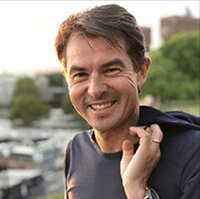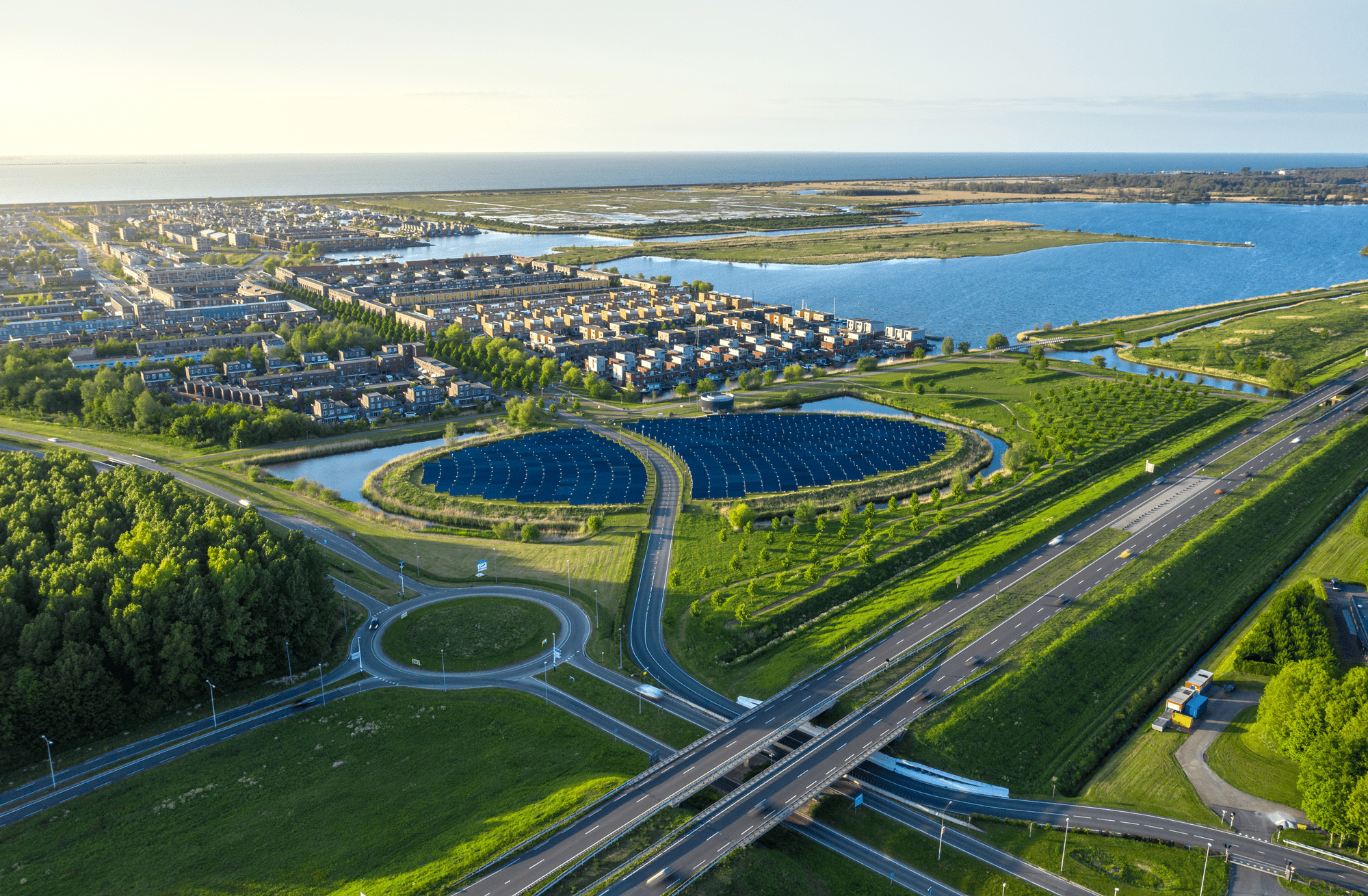
Response and resilience remain vital, but they are not enough on their own. The State of the European Union speech shows why ‘building the world we want to see’ takes a positive vision – and a roadmap of deep systemic change to deliver it.
“Our current levels of consumption of raw materials, energy, water, food and land use are not sustainable. We need to change how we treat nature, how we produce and consume, live and work, eat and heat, travel and transport. So we will tackle everything from hazardous chemicals to deforestation to pollution. This is a plan for a true recovery. It is an investment plan for Europe.”
In one paragraph, President von der Leyen summed up our global environmental and resource crisis, and the scope of change this implies if we are to secure a sustainable way of life. To those of us who have engaged with the Green Deal, the conclusion is no surprise: what was once an environmental rescue plan is also becoming the cornerstone of the Commission’s economic and social strategy, Next Generation EU. As the State of the Union speech made clear, the environmental lens is the way in which we avoid change by disaster – and instead shape our future by design
From a €225 billion target for green bonds, to the increased ambition of a 55% reduction in GHG emissions, from ‘lighthouse’ projects in hydrogen and electric vehicles, to ‘European cloud’ collaboration on R&D – last week’s announcements were vast in scope and deliberately world-leading in their ambition. They have a clear mandate: not only in the progressive values of the European project, but from corporates that are already shifting to new paradigms of sustainability and competitiveness; a letter from over 150 European businesses and investors backing the 55% target provided timely reinforcement.
At SYSTEMIQ, we welcome the ambition to make Europe a leader in developing a circular and carbon-neutral economy.
But the Green Deal is not a done deal. Can political will hold it together?
One of the early critiques of the Green Deal was that the silo-lines of DG workplans and sectoral agendas were still visible. This summer, a more coherent ‘green and digital recovery’ found its place within the economic and social project of Next Generation EU. Yet we have not fully understood the key changes needed in each economic ecosystem.
Previous initiatives have stopped short of a deeper design rethink. To deliver on the ambition of the Green Deal, we need to disconnect the economy from resource-depleting models, and identify the champions who will develop regenerative models of the future. Across sectors and among both incumbents and pioneers, I believe the Commission will find the corporate allies it needs to drive this deeper system change.
One final thought – on a different kind of ‘change by design’. Working at the forefront of the circular economy, I see where the inertia lies in existing industrial systems. But I also see the dynamism of emerging systems, and the potential for reinvention.
Last week’s speech called for a ‘new European Bauhaus’. The original was born in Germany, a century ago: innovative, internationalist and practical. They too designed for the change they wanted to see, and believed in their power to shape a new consumer society.
There was a message for all of Europe in that speech, but especially a challenge to the makers: to rethink and redesign, develop and innovate us into a new prosperity. A new generation of pioneers are already applying the lessons of smart resource use and service efficiency, and creating good disruption in everyday life, beyond anything the Bauhaus designers could have dreamed of. I believe there is much more to come.
Martin Stuchtey is the co-founder of SYSTEMIQ.

